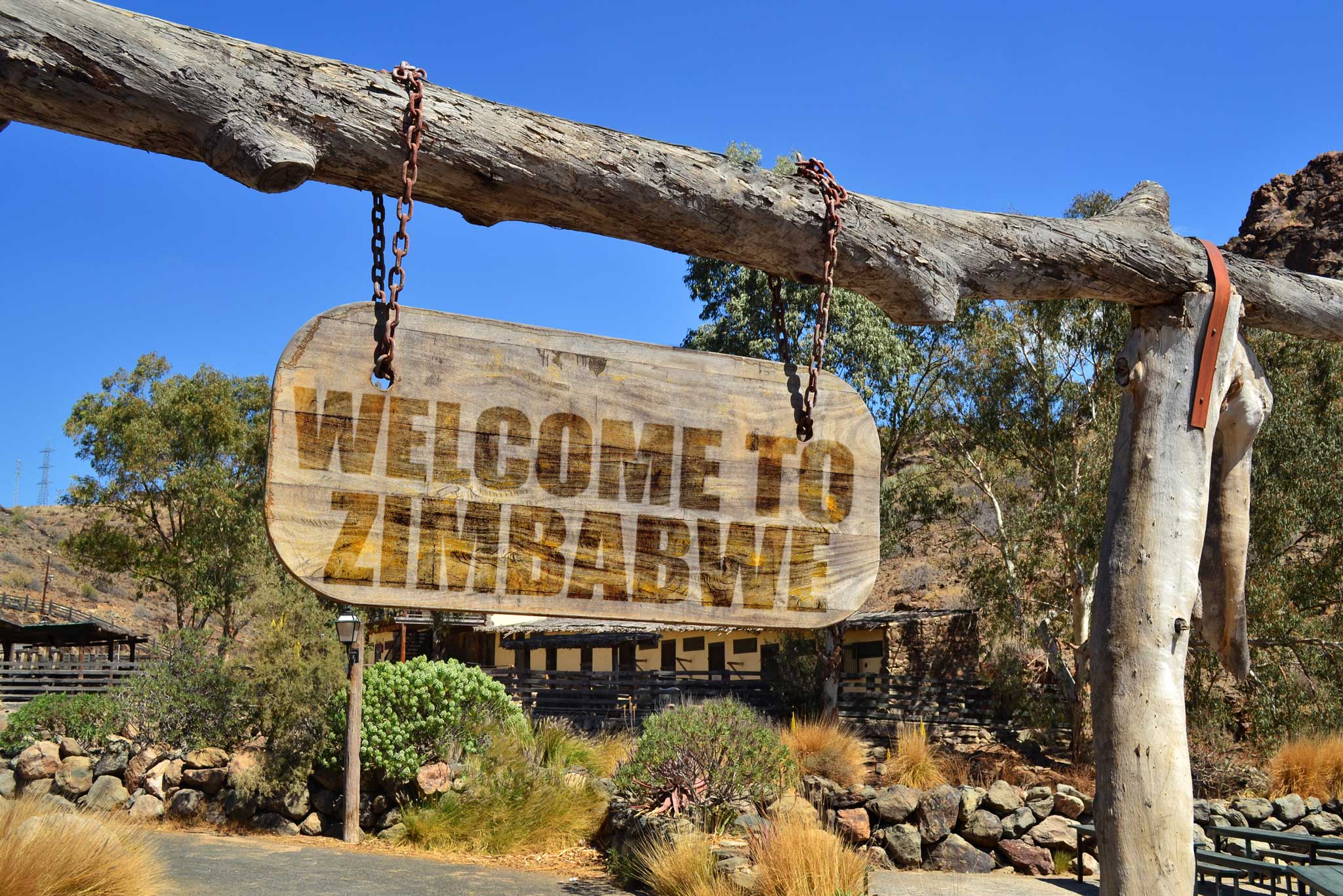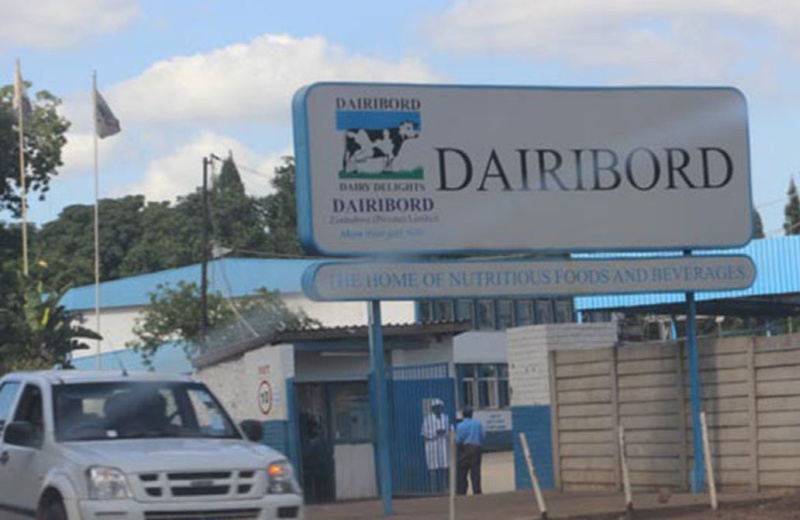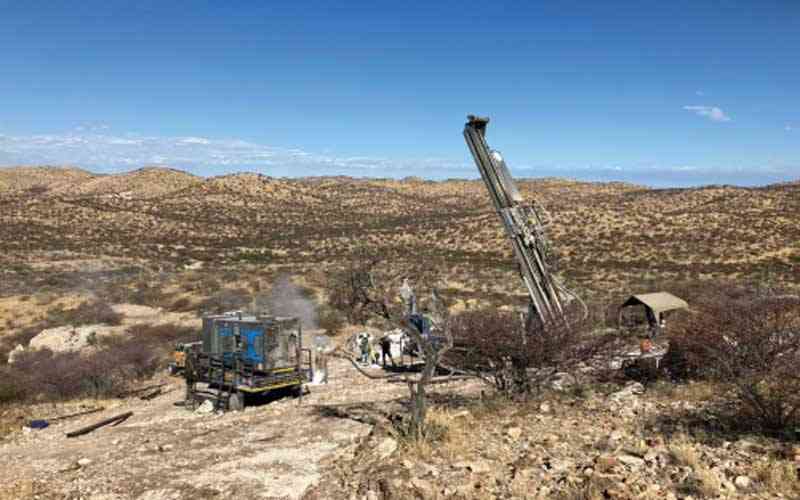Oil, gas discovery fuels rush for land in Mbire
THERE has been a surge in demand for land from prospective investors in Mbire District following the discovery of large deposits of natural gas condensate in northern Zimbabwe by Australian firm, Invictus Energy.
The Australia Stock Exchange listed firm, announced late last year it had successfully recovered 15 samples of condensate gas during its Mukuyu-2 drilling campaign.
Invictus Energy’s Mukuyu-1 exploration programme could not be completed after technical challenges hampered the extraction of oil/gas samples required by regulators to confirm a successful discovery.
However, it was eventually declared a discovery as the findings matched those for Mukuyu-2.
Global petroleum research firm, Wood Mackenzie, subsequently designated the Mukuyu gas finding the second-largest petroleum reserve in Africa in 2023.
Mukuyu’s placing as an estimated 230 million boe (barrels of oil equivalent) (1,3 Trillion cubic feet) resource follows two gas discoveries from the Upper and Lower Angwa geological reservoirs declared by Invictus in December 2023.
The review also noted regional exploration yielded seven discoveries from a total of 17 wells drilled across the continent in 2023, with Invictus accounting for two of the discoveries.
Preliminary compositional analysis confirmed high-quality natural gas containing minimal impurities (less than 2 percent CO2 content and nil H2S (hydrogen sulphide), which will require minimal processing to prepare for sale to downstream customers.
The Cobora Bassa Basin region holds significant potential for further discoveries, meaning unlimited investment potential. On its part, Invictus holds a dominant acreage position of 360 000 hectares in proximity to a high-demand energy market with established delivery infrastructure.
The gas discovery, along with the development of Kanyemba into a major commercial point/ port of entry into Zambia or Mozambique, will set the predominantly semi-arid farming outbacks of Muzarabani (where other oil/gas wells will be drilled) and Mbire on course for rapid development transformation.
Having been weaned off Guruve Rural District Council in 2007, Mbire has transformed in the short time to be the centre of investment attraction in Mashonaland Central province.
Mbire Rural District Council chief executive officer, Cladius Majaya, told Business Weekly during a tour of the district this week that the local authority would not digress from its original development project, pointing out that the oil/gas project must fit into the existing plan.
He, however, acknowledged the discovery of gas in the province, had put the area in the limelight and perfect position to receive increased investment.
Majaya was responding to questions about whether the local authority would consider development around the project site, which would also require extensive relocation of locals already settled in the vicinity of that project.
The district, Majaya said, already had approved layout plans for their development while one for Angwa, a few kilometres from Mbire along the way to Kanyemba Border Post, was awaiting approval by the Government.
The Government is also working on the master plan for the planned border town of Kanyemba, which lies on the border with Zambia and Mozambique.
As part of the ambitious development plans for the province, local construction firm Exodus & Company was contracted to develop a tarmac highway from Mahuwe with more than 15 kilometres already completed.
A further 24 kilometres are scheduled to be developed this year, which will take the full stretch of the high a few kilometres from Mushumbi, 277 km from Harare.
According to Majaya, Mbire plans to turn Kanyemba, which lies on the precinct of the mighty Zambezi River, into the ‘second Victoria Falls’, amid high demand for land, the bulk of which has sold out on the Zambezi River front, while land for holiday homes and residential stands has also sold like hotcakes.
This comes as the Government, Majaya pointed out, has since directed all rural local authorities to come up with layout plans for their locations.
Majaya said the Mbire local authority started responding to strong interest for land in the district sometime back when exploration by Mobil confirmed the existence of gas deposits, which at the time did not have a huge market.
“In as much we were marketing the district on that basis, no one was interested because there was no, sort of, national pronouncement. So, we have started responding both, to the gas issue and even to the Kanyemba issue.
“We have a layout plan that is at some stage, that we have sent to the Government for approval, which we expect to absorb the pressure of demand for land in the district that will arise due to Kanyemba and the gas project.
“We are also doing the same for Mushumbi, we are also doing the same for Mahuwe.
“What we wanted to avoid was a situation where we develop new towns anchored, say, on the gas project (or any other in-demand mineral),” he said.
He said history showed towns developed on the strength of a particular resource, quickly degenerated into ghost towns while workers lost jobs once the resources got exhausted or prices plunged.
“What we need to do is that the existing areas that are already there before the coming of the gas project, are the ones we will simply expand.
Examples of towns that turned into pale shadows of their former glory due to either metal prices going down or the resource mining out include Mhangura (gold), Penhalonga (gold), Mashava (asbestos), Redliff (iron ore), Trojan (nickel), Patchway (gold), Chakari (gold) and Alaska (copper) and Mutorashanga (chrome), among others.
“There now is that (surge in demand for land); already we have a meeting to respond to the calls. We have already received inquiries and visits from developers; we interviewed others recently.
“We have set up a committee where we interview those that are interested every Wednesday; others want (to establish infrastructure to tap into the gas supply.
“What the province has advised is that we should not do piecemeal development. We need to do it wholesomely to say instead of saying one wants 60 hectares and we give them, another wants 30 hectares and we give them; the other wants 10 hectares and we give them; they should be feeding into our plans.
“We have sent layout plans for approval. If one wants to develop 60 stands, we are simply going to say this is the area you can develop; if someone wants to do a shopping mall, we will say, ‘This is the area for a shopping mall’.
“There is nothing we are doing specifically in response to the gas project. If Invictus itself wants lands, we will give them in Mahuwe, we will give them in Mushumbi,” Majaya said.
Invictus recently said it was pleased to update its Memorandum of Understanding (MoU) with Mbuyu Energy for the sale and supply of gas to power a 500 megawatts (MW) gas-to-power project.
Once developed and expanded to full capacity, the plant will be able to generate up to 1000MW with demand for an estimated 1.4 trillion cubic feet of natural gas.
Power generation will support further integration of renewable energy sources into the overwhelmed national grid and Southern Africa Power Pool (SAPP).
Natural gas condensates have a wide range of uses across various industries. Some of the primary applications include:
-Petrochemical Industry:
Condensates, particularly ethane and propane, are used as feedstocks in the production of petrochemicals. These chemicals serve as building blocks for plastics, synthetic fibers, and other materials.
-Fuel and Energy:
Condensates such as propane and butane can be used as fuels for heating, cooking, and transportation. They are commonly used in residential, commercial, and industrial settings.
The next working programme includes a well test at Mukuyu-2, preparation for 3D seismic over the Mukuyu gas field and preparing long lead items for a new high-impact exploration well, the location of which will be determined following full interpretation of the acquired Cabora Bassa 2023 infill seismic survey programme.
Invictus made a significant gas discovery in the Cabora Bassa Basin in northern Zimbabwe – one of the last untested large frontier rift basins in onshore Africa – through a high-impact exploration programme, which it continues to develop and mature.-ebusinessweekly










